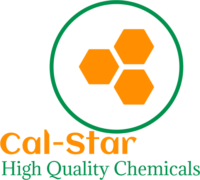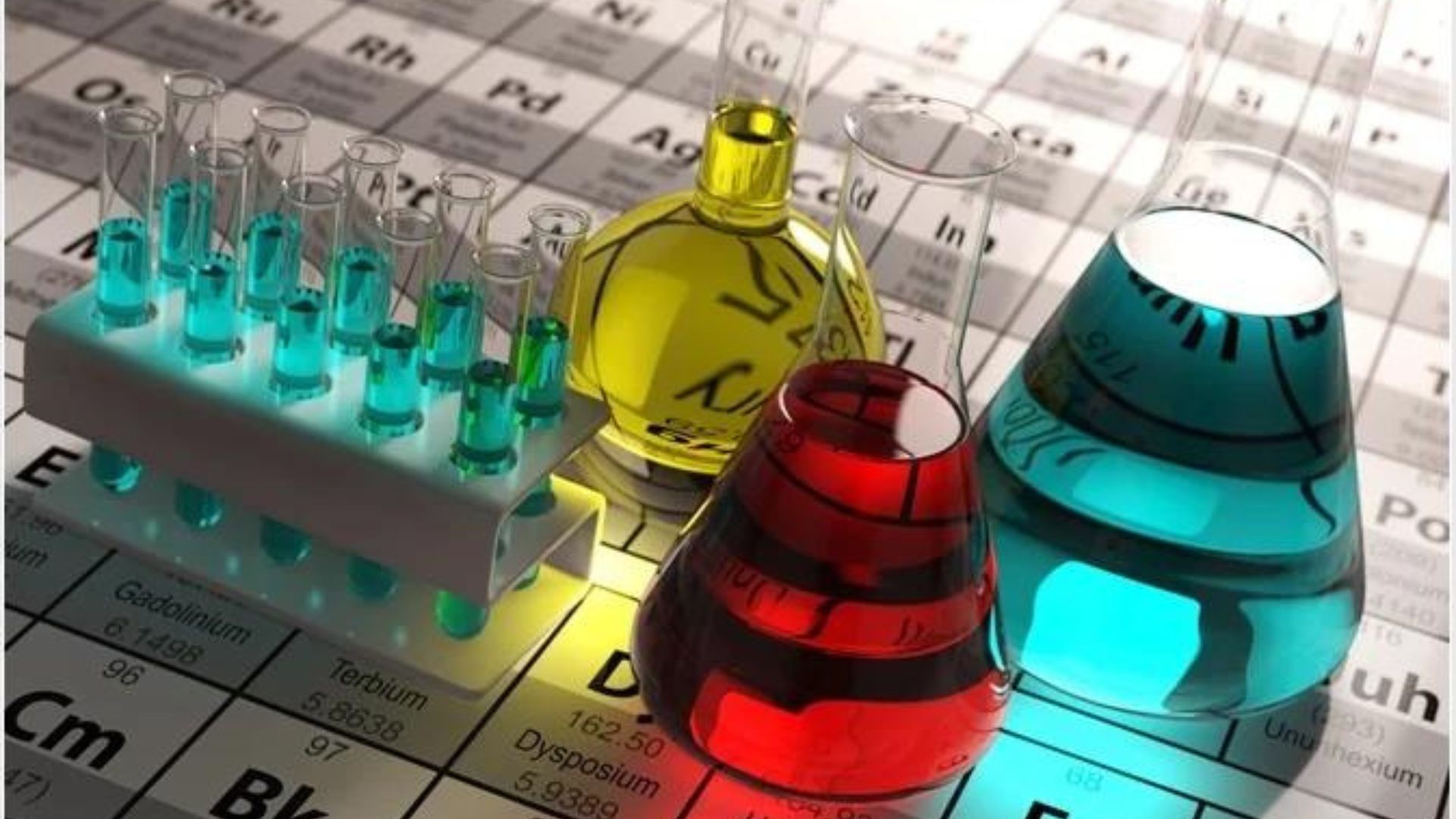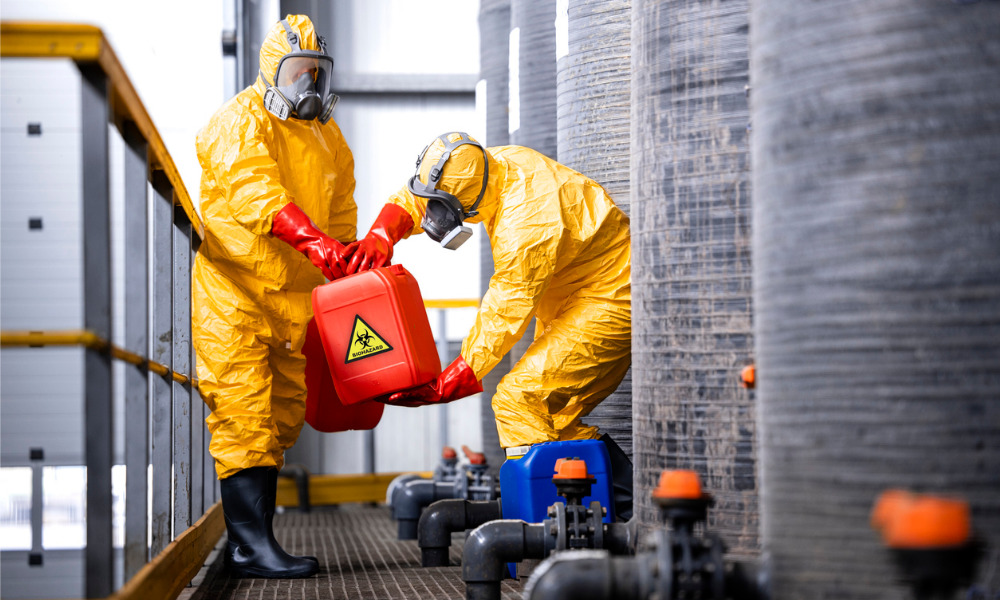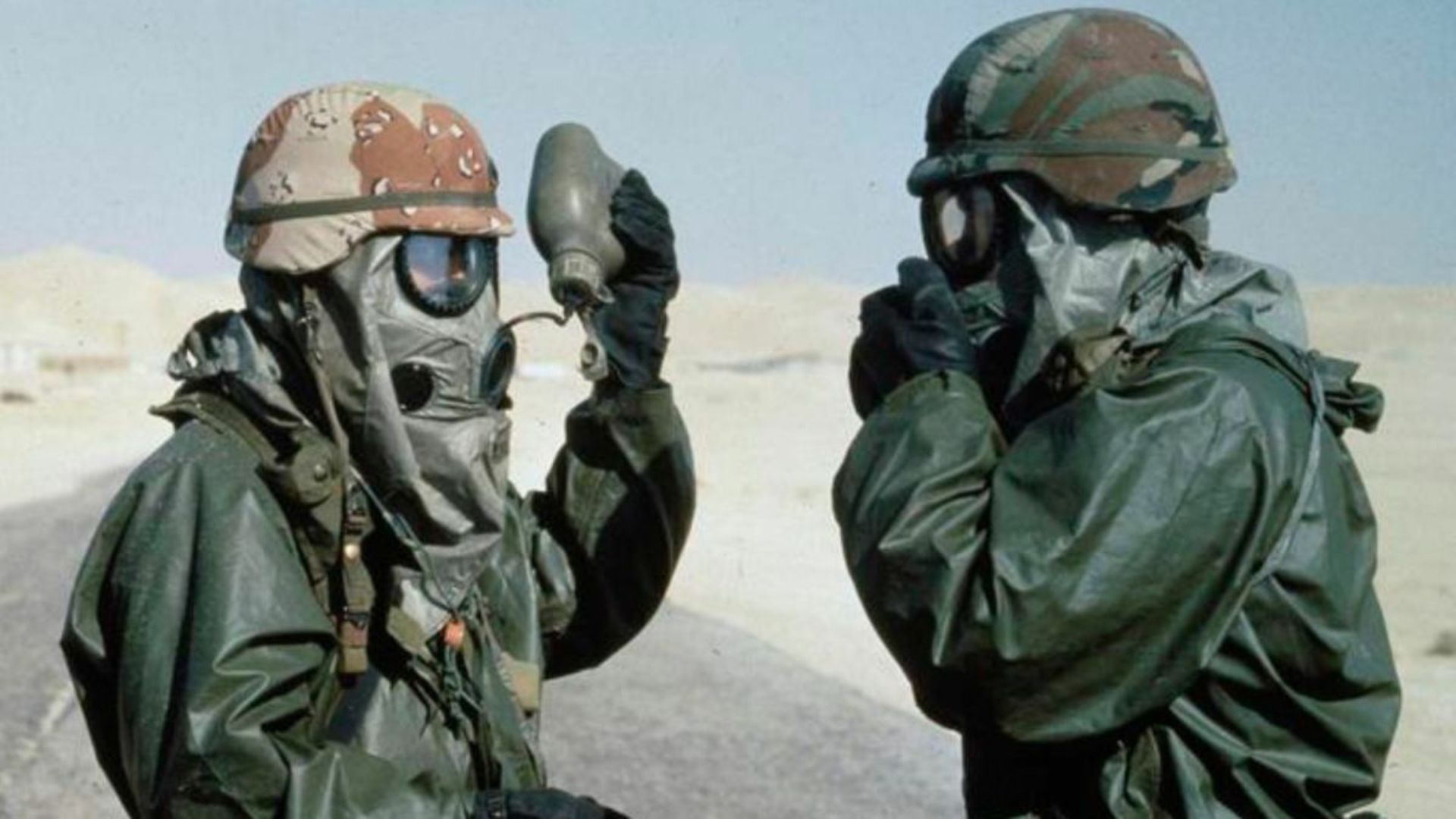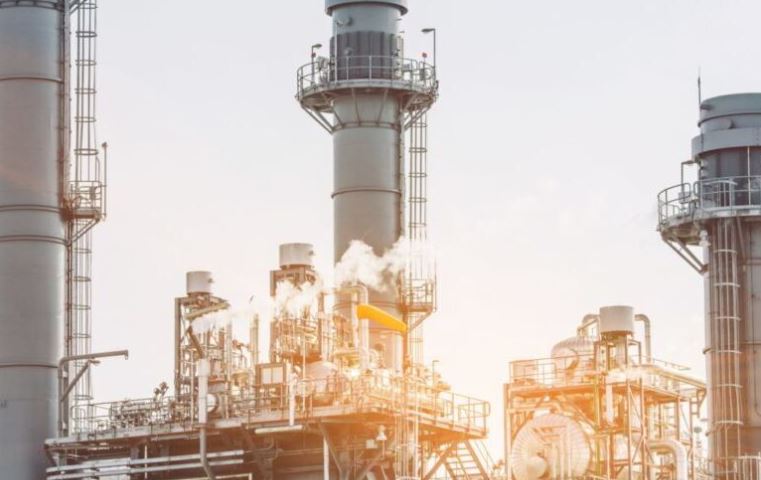Chemical analysis is a crucial aspect of chemistry that involves the identification and quantification of substances. Various techniques are employed to analyze chemical compounds, each with its own advantages and applications. This overview covers key methods used in chemical analysis, providing insights into their principles, uses, and benefits.
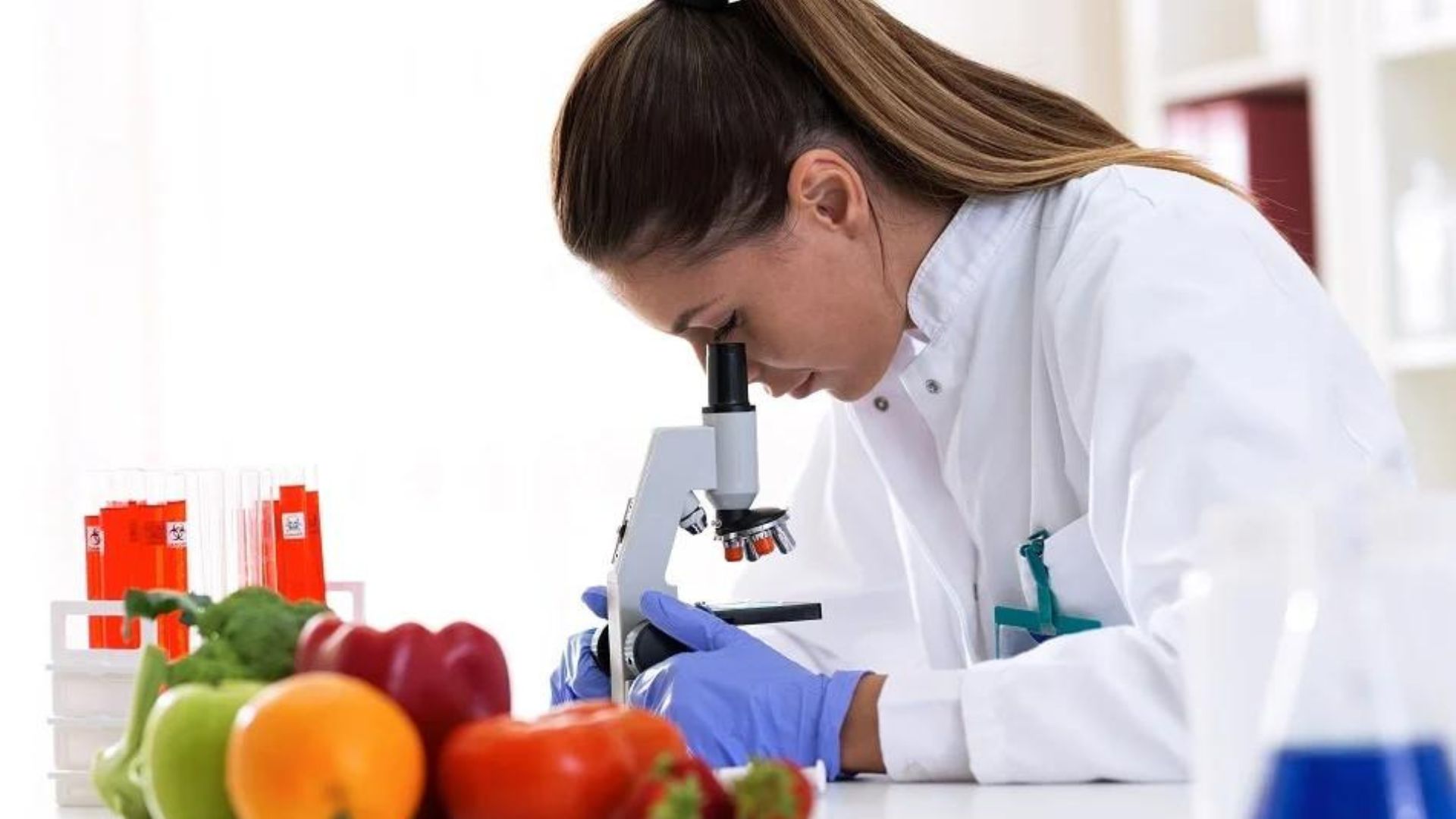
Chemical Analysis Techniques Overview
Spectroscopy
Spectroscopy is a technique that measures the interaction of light with matter to determine the composition and structure of substances. It relies on the principle that different chemical compounds absorb, emit, or scatter light in unique ways.
- Infrared (IR) Spectroscopy: Measures the absorption of infrared light by a sample. It is used to identify functional groups and molecular structures based on vibrational transitions. For example, the presence of carbonyl groups is indicated by a distinct absorption peak in the IR spectrum.
- Ultraviolet-Visible (UV-Vis) Spectroscopy: Measures the absorption of UV or visible light by a sample. It is useful for determining the concentration of compounds and studying electronic transitions. This technique is commonly used in environmental analysis and pharmaceutical testing.
- Nuclear Magnetic Resonance (NMR) Spectroscopy: Utilizes the magnetic properties of atomic nuclei to provide detailed information about molecular structure and dynamics. NMR is widely used in organic chemistry to elucidate complex molecular structures.
- Mass Spectrometry (MS): Measures the mass-to-charge ratio of ions to identify and quantify compounds. It provides information about molecular weight, structure, and fragmentation patterns. MS is often used in conjunction with chromatography techniques.
Chromatography
Chromatography separates mixtures into their individual components based on their interactions with a stationary phase and a mobile phase. It is essential for both qualitative and quantitative analysis.
- Gas Chromatography (GC): Separates volatile compounds in a gas phase. The sample is vaporized and passed through a column with a stationary phase. GC is widely used for analyzing environmental samples, pharmaceuticals, and food products.
- Liquid Chromatography (LC): Separates compounds in a liquid phase. High-Performance Liquid Chromatography (HPLC) is a common technique that uses high pressure to pass a liquid sample through a column, separating components based on their affinity for the stationary phase.
- Thin-Layer Chromatography (TLC): Involves the separation of compounds on a thin layer of stationary phase coated on a plate. TLC is a simple and cost-effective technique used for qualitative analysis and monitoring reactions.
Electrochemical Analysis
Electrochemical analysis involves measuring the electrical properties of a system to determine the concentration of substances or to study reaction mechanisms.
- Voltammetry: Measures current as a function of applied voltage to analyze the electrochemical behavior of compounds. It is used for detecting trace amounts of substances and studying redox reactions.
- Coulometry: Measures the amount of electric charge required to cause a chemical change in a sample. It is used for determining the concentration of electroactive species.
- Potentiometry: Measures the voltage of an electrochemical cell to determine the concentration of ions. It is commonly used with ion-selective electrodes to measure pH, ion concentration, and redox potential.
Gravimetric Analysis
Gravimetric analysis involves measuring the mass of a substance to determine its concentration or composition. This technique relies on the precision of weighing and is used for both qualitative and quantitative analysis.
- Precipitation Gravimetry: Involves the formation of a precipitate from a solution.
Chemical Reaction Analysis
Chemical reaction analysis involves monitoring and analyzing chemical reactions to determine reaction rates, mechanisms, and yields.
- Kinetic Studies: Involve measuring the rate of a chemical reaction to understand its mechanism and kinetics. Techniques include monitoring changes in concentration, pressure, or color over time.
- Mechanistic Studies: Focus on understanding the detailed steps of a reaction process. These studies use various techniques, such as spectroscopy and kinetics, to elucidate the reaction pathway and intermediates.
Microscopy Techniques
Microscopy techniques provide detailed images of samples at the microscopic level, offering insights into their structure and composition.
- Optical Microscopy: Uses visible light and lenses to observe samples. It is commonly used for analyzing biological specimens and small particles.
- Electron Microscopy: Uses electron beams to achieve high-resolution imaging of samples. Scanning Electron Microscopy (SEM) and Transmission Electron Microscopy (TEM) are used to study surface structures and internal details at the atomic scale.
Conclusion
Chemical analysis techniques are essential tools for understanding the composition, structure, and properties of substances. Each technique offers unique advantages and is selected based on the specific requirements of the analysis. From spectroscopy and chromatography to electrochemical methods and microscopy, these techniques play a crucial role in various fields, including environmental science, pharmaceuticals, and materials science.
